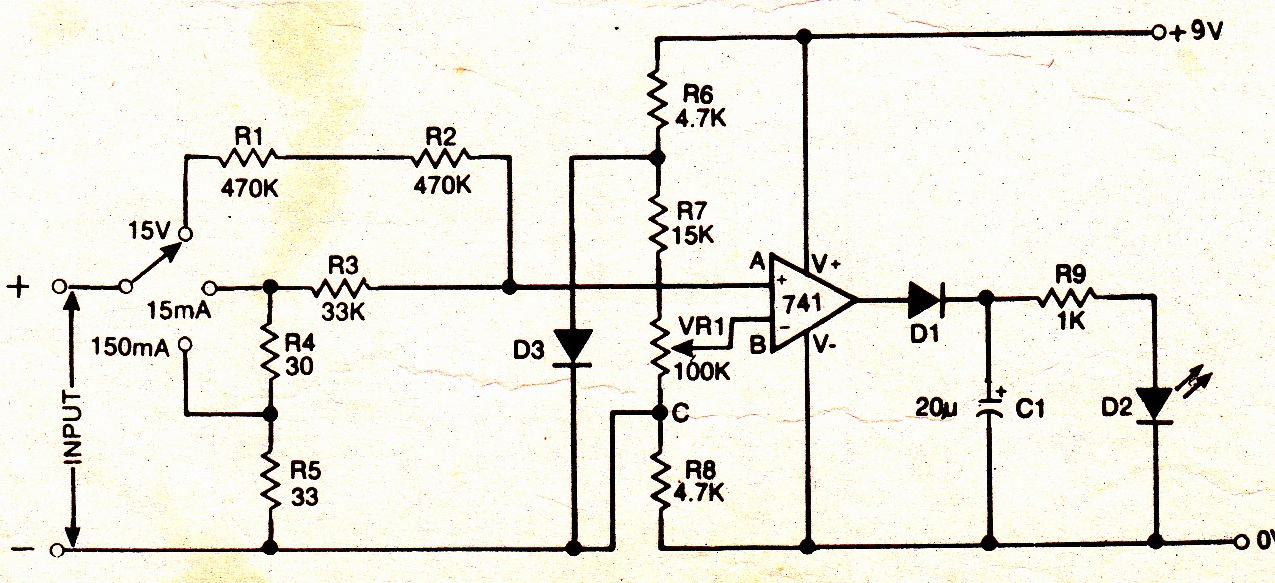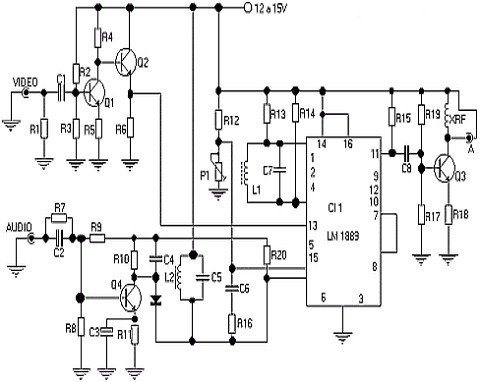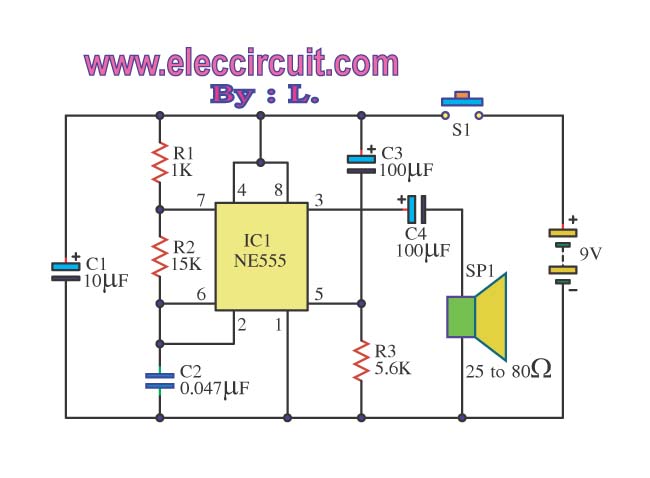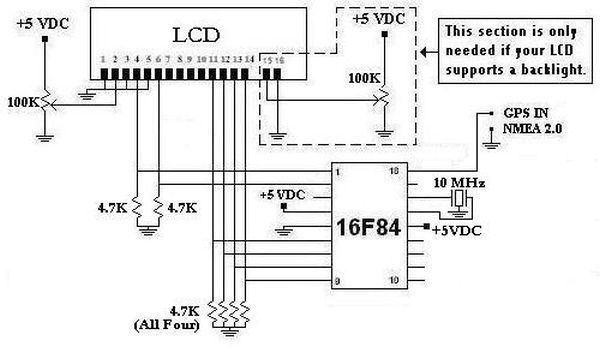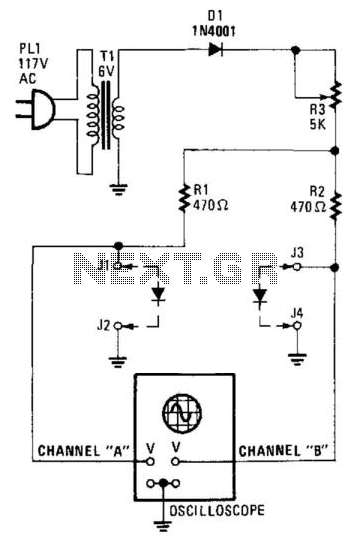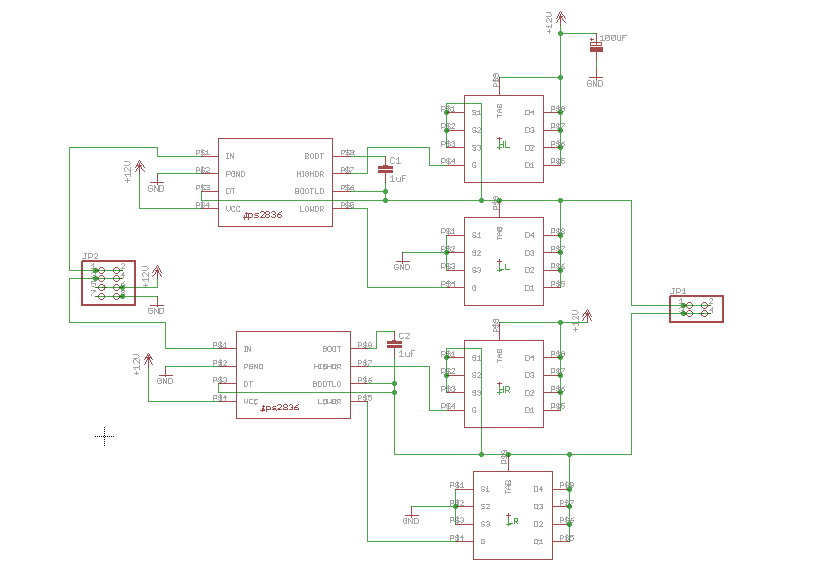
Simple Stand-Alone Voltage-to-Frequency Converter Using LM231/LM331
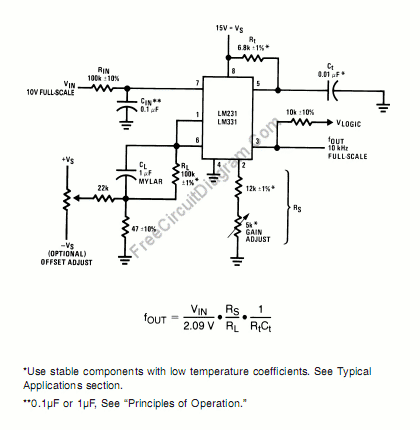
A voltage-to-frequency converter can be constructed using the LM231/331 chip, making it a cost-effective solution for applications such as analog-to-digital conversion and frequency-to-voltage conversion over extended periods.
The LM231/331 series of voltage comparators can be effectively utilized to design a voltage-to-frequency converter. This configuration leverages the chip's ability to compare input voltage levels, generating a frequency output that is proportional to the input voltage. The fundamental operation involves applying a varying voltage to the non-inverting input of the comparator while the inverting input is connected to a reference voltage.
When the input voltage exceeds the reference voltage, the output of the LM231/331 transitions from low to high, producing a square wave signal. The frequency of this square wave is directly proportional to the amplitude of the input voltage. By integrating the output signal through a low-pass filter, the resultant frequency can be converted back into a voltage, enabling applications in analog-to-digital converters and frequency-to-voltage converters.
The circuit typically includes additional components such as resistors and capacitors to set the reference voltage and adjust the sensitivity of the converter. The choice of these passive components is crucial in determining the linearity and range of the converter. The output frequency can be measured using a frequency counter or processed further for digital applications, ensuring accurate representation of the input voltage over time.
This design approach is particularly useful in long-term monitoring applications where continuous voltage measurements are required, allowing for reliable data acquisition in various electronic systems.Using LM231/331 chip, we can build a low-cost voltage-to-frequency converter, ideal for analog-to-digital conversion, frequency-to-voltage conversion, long-term. 🔗 External reference
The LM231/331 series of voltage comparators can be effectively utilized to design a voltage-to-frequency converter. This configuration leverages the chip's ability to compare input voltage levels, generating a frequency output that is proportional to the input voltage. The fundamental operation involves applying a varying voltage to the non-inverting input of the comparator while the inverting input is connected to a reference voltage.
When the input voltage exceeds the reference voltage, the output of the LM231/331 transitions from low to high, producing a square wave signal. The frequency of this square wave is directly proportional to the amplitude of the input voltage. By integrating the output signal through a low-pass filter, the resultant frequency can be converted back into a voltage, enabling applications in analog-to-digital converters and frequency-to-voltage converters.
The circuit typically includes additional components such as resistors and capacitors to set the reference voltage and adjust the sensitivity of the converter. The choice of these passive components is crucial in determining the linearity and range of the converter. The output frequency can be measured using a frequency counter or processed further for digital applications, ensuring accurate representation of the input voltage over time.
This design approach is particularly useful in long-term monitoring applications where continuous voltage measurements are required, allowing for reliable data acquisition in various electronic systems.Using LM231/331 chip, we can build a low-cost voltage-to-frequency converter, ideal for analog-to-digital conversion, frequency-to-voltage conversion, long-term. 🔗 External reference
